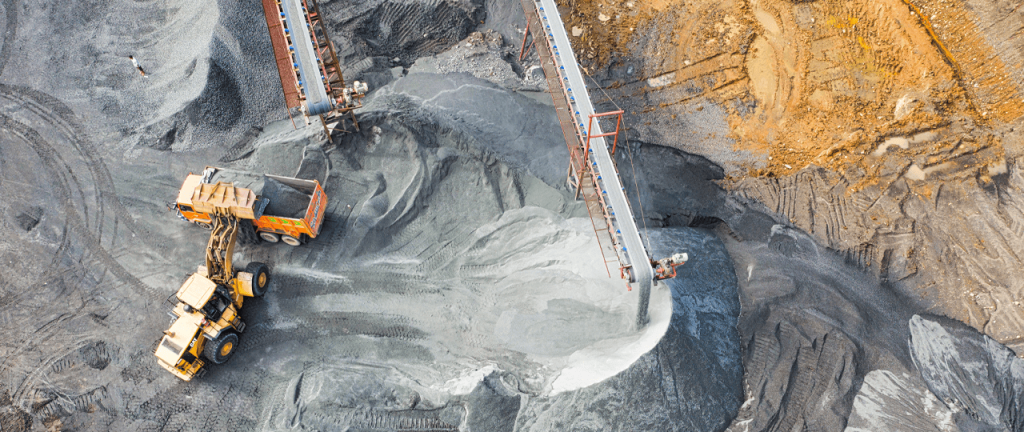How to choose wear-resistant materials for mineral equipment? Comparison of ceramic rubber liner/nylon products/glue wood shingles parameters
Date: 2025-08-01 Categories: Company News Views: 1177

InMineral industryMiddle.Ceramic Rubber Liner,Nylon Dust Ring/Nylon plate,Gluewood shinglesHigh-performance non-metallic materials are widely used due to their unique physicochemical properties, and the following is an analysis of their typical application scenarios and advantages:
1. Ceramic Rubber Composite Liner
application scenario
- Ore Crushing and Conveying Systems: It is used as the lining of ball mill, crusher, vibrating screen, chute, silo and other equipments to resist the high intensity impact and abrasion of ore and slag.
- Mineral processing equipment: Laying on the inner wall of the cyclone and classifier to reduce slurry scouring wear.
- Wear-resistant pipes: Used for lining of slurry conveying pipes to prevent rapid perforation of pipes due to particle friction.
dominance
- Dual characteristics of impact + abrasion resistance: the rubber layer absorbs the impact energy and the ceramic sheet (e.g.aluminum oxide) provides ultra-high hardness (Mohs ≥ 9), life ismanganese steellinerof 3-5 times.
- anti-clogging material: The elasticity of rubber reduces material sticking and is particularly suitable for wet sticky ores.
- noise reduction and damping: The rubber layer reduces the noise of equipment operation (10-15dB) and improves the working environment.
2. Nylon dust ring/nylon plate
application scenario
- Hydraulic and pneumatic systems: formines(old) cunning(Sealing of piston rods (e.g. hydraulic pillars, rock drills) to prevent dust intrusion.
- sliding part: As wear-resistant pads for screen machine guide rails and conveyor belt rollers, replacing metal to reduce friction.
- Corrosive environments: for flotation cells, wetsmelt metalProtective liner for equipment, resistant to acid and alkali corrosion.
dominance
- Self-lubricatingsuffix forming noun from adjective, corresponding -ness or -ity: Nylon (e.g. MC901 modified nylon) has a low coefficient of friction (0.1-0.3) and requires no additional lubrication, making it suitable for dusty environments.
- lightweighting: 1/7th the density of steel, reducing equipment loads.
- chemical resistance: Better tolerance to salts and weak acids/alkalis in the slurry than common metals.
3. Bakelite shingles (phenolic resin laminates)
application scenario
- Heavy Duty Low Speed Bearings: Used for sliding bearings in ball mills and rotary kilns in mines to withstand high radial loads.
- Water lubricated environment: Replacement of metal in bearings of mining pumps and water turbines to avoid rusting.
dominance
- Extreme Pressure Performance: Phenolic resin + fiber reinforced structure can work under 50MPa pressure with PV value up to 3MPa-m/s.
- waterproofWater absorption <0.5%, long-term water immersion still maintains dimensional stability.
- Low-cost maintenance: Easy to replace after wear, lower overall cost than copper shingles 30%-50%.
| parameters | Ceramic Rubber Liner | Nylon dust ring/nylon plate | Gumwood shingles (phenolic resin) |
|---|---|---|---|
| staple | Aluminum oxide ceramic (Al₂O₃≥92%) + natural/synthetic rubber | MC901 modified nylon (PA6/PA66) | Phenolic resin + cotton/fiber reinforced laminate |
| Density (g/cm³) | 3.6-3.9 (ceramic layer) / 1.2-1.4 (rubber layer) | 1.12-1.15 | 1.3-1.4 |
| durometer | Ceramic layer: Mohs hardness ≥ 9 / Rubber layer: Shore A 60-80 | Rockwell hardness R110-R120 | Brinell hardness HB30-40 |
| abrasion resistance | Volume wear rate ≤ 0.02cm³/1.61km (ASTM G65) | Abrasion ≤ 50mg (CS-17 wheel, 1kg load) | Line wear rate ≤ 0.1mm/1000h (20MPa load) |
| Compressive strength (MPa) | Ceramic layer ≥ 850 / Rubber layer ≥ 15 | 80-100 | 100-150 (layerwise) |
| coefficient of friction | Dynamic 0.4-0.6 (rubber to steel) | 0.1-0.3 (dry friction) | 0.08-0.15 (water lubrication) |
| Temperature range (°C) | -40~+150 (rubber resistance limit) / ceramic resistance≥1600 | -40~+120 (short-term +150) | -30~+120 (instantaneous +150) |
| corrosion resistance | Acid and alkali resistant (except HF and strong alkalis) | Resistant to weak acids/alkalis and salt spray | Resistant to acids, alkalis, and organic solvents (except strong oxidizers) |
| Typical application equipment | Ball mills, chutes, slurry pipelines | Hydraulic cylinder seals, screening machine guide rails | Ball mill bearings, mining pumpsaxle tile |
| Lifespan comparison | 3-5 times longer than manganese steel liners | 2-3 times longer than metal backing plates | 1.5-2 times longer than copper bushings (water-lubricated conditions) |
| Key advantages | Combined impact resistance + wear resistance | Self-lubricating, lightweight | Extreme-pressure water resistance, low-cost maintenance |
Industry application trends
- Lightweighting and energy efficiency: Materials like nylon and bakelite reduce equipment weight and energy consumption (e.g., ball mill liner weight reduction can save 5%-8% in electricity).
- Smart compatibility: Ceramic-rubber liners can integrate wear sensors for real-time thickness monitoring.
- environmental demand: Non-metallic materials prevent lubricant contamination, complying with green mining standards.
Selection recommendations
- High-impact scenarios: Choose ceramic-rubber liners (larger ceramic blocks enhance impact resistance).
- Corrosive environments: Prefer nylon 12 or PTFE-modified nylon.
- Heavy-duty bearings: Bakelite bushings require graphite lubrication grooves to extend lifespan.
The application of these materials significantly reduces downtime maintenance frequency in the mining industry, improving overall equipment effectiveness (OEE), making them a core component of modern mining wear-and-corrosion-resistant solutions.
















 Hebei ICP License No. 2025120624-1
Hebei ICP License No. 2025120624-1 Ji Public Security Filing No. 13112602000244
Ji Public Security Filing No. 13112602000244














